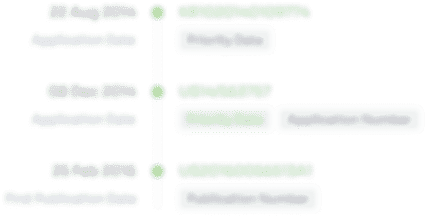Methods for delta-QP signaling for decoder parallelization in hevc
a decoder and parallelization technology, applied in signal generators with optical-mechanical scanning, color televisions with bandwidth reduction, etc., can solve the problems of significant increase in the length of the decoding pipeline, inability to reconstruct cub>0/b>, and difficulty in hardware decoding standard dqp syntax
- Summary
- Abstract
- Description
- Claims
- Application Information
AI Technical Summary
Benefits of technology
Problems solved by technology
Method used
Examples
Embodiment Construction
[0024]To improve the Delta Quantization Parameter (DQP) syntax, several possibilities exist. Specifically, the location of the DQP signaling is placed in different locations in the Largest Coding Unit (LCU) bitstream. By moving the DQP signaling, the decoder pipelining issue is resolved.
[0025]FIG. 2 illustrates a diagram of a modified LCU syntax according to some embodiments. When the LCU is coded in the SKIP mode, then no DQP is sent. However, in the modified LCU syntax 200, the DQP 202 is positioned immediately after the mode information (M0) of the first CU if the LCU is not coded in the SKIP mode. With this change, decoder pipelining is enabled (e.g. after entropy decoding of CU0, CU0 is able to be reconstructed immediately, while the entropy decoder is able to simultaneously proceed to decode CU1).
[0026]FIG. 3 illustrates a diagram of a modified LCU syntax according to some embodiments. When all of the Coding Units (CUs) within the LCU are coded in the SKIP mode, there is no DQ...
PUM
 Login to View More
Login to View More Abstract
Description
Claims
Application Information
 Login to View More
Login to View More - R&D
- Intellectual Property
- Life Sciences
- Materials
- Tech Scout
- Unparalleled Data Quality
- Higher Quality Content
- 60% Fewer Hallucinations
Browse by: Latest US Patents, China's latest patents, Technical Efficacy Thesaurus, Application Domain, Technology Topic, Popular Technical Reports.
© 2025 PatSnap. All rights reserved.Legal|Privacy policy|Modern Slavery Act Transparency Statement|Sitemap|About US| Contact US: help@patsnap.com